Japanese rubber prices fall sharply due to weak oil prices and concerns about competition in China's auto industry
World rubber price
At the end of the trading session on July 3, the price of rubber futures for July delivery on the OSE in Japan decreased by 0.7% (2.2 yen) to 310.7 yen/kg. In China, the price of rubber futures for July delivery on the Shanghai Futures Exchange (SHFE) decreased by 0.4% (55 yuan) to 13,945 yuan/ton. In Thailand, the price of rubber futures for August delivery decreased slightly by 0.02 baht to 73.36 baht/kg.
Japanese rubber futures fell on Friday, snapping a two-day winning streak and posting their biggest drop in more than a week, driven by a slump in oil prices and growing concerns about fierce price competition in China's auto industry, which could weigh on rubber prices.
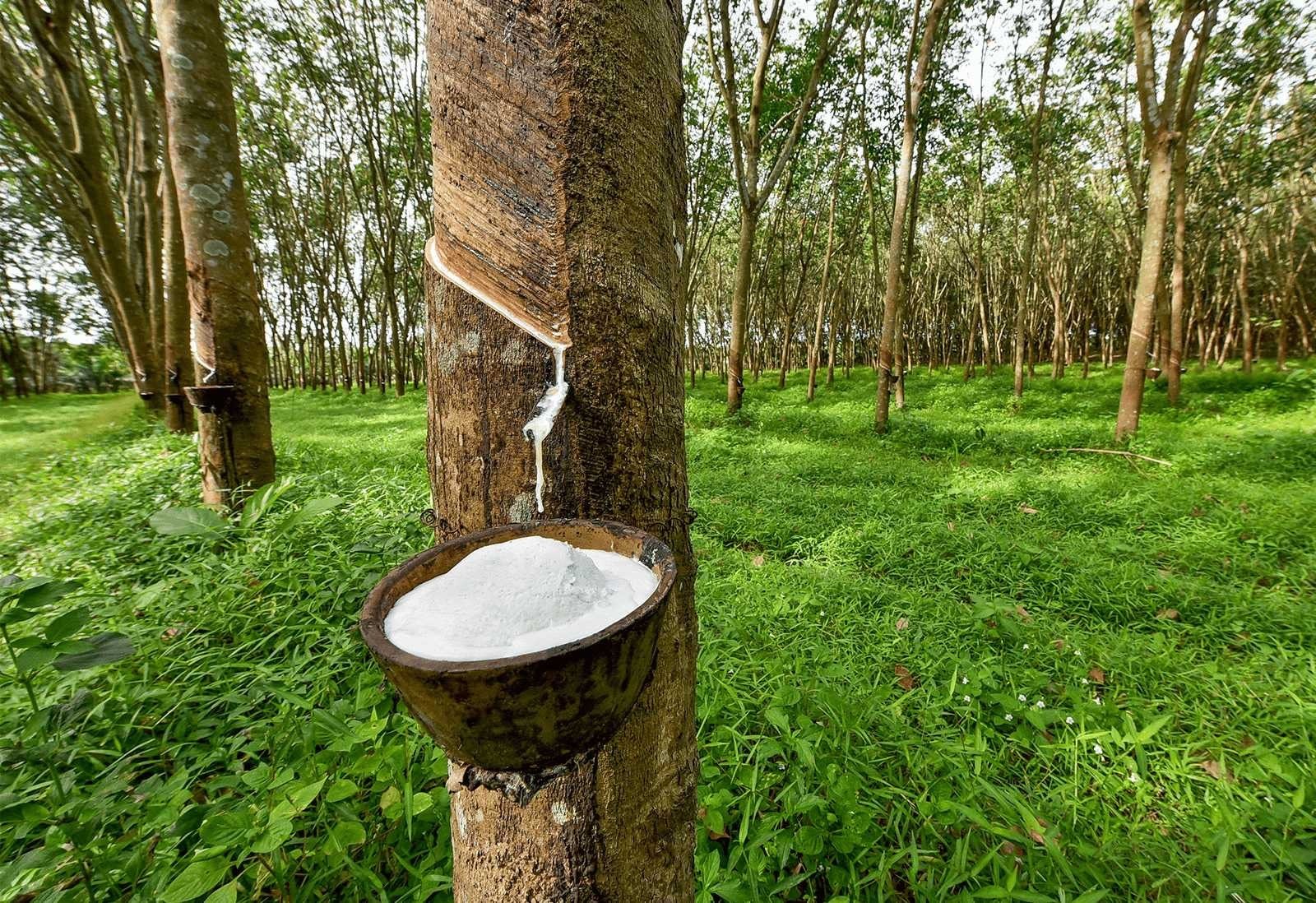
Specifically, world oil prices fell again after a slight increase in the previous session, as the market worried that the re-imposition of US tariffs could reduce global fuel demand. This directly affects natural rubber, as this commodity competes with synthetic rubber - a product derived from petroleum. When oil prices fall, synthetic rubber prices tend to be cheaper, thanks to putting pressure on natural rubber prices.
In addition, fierce competition in China's auto industry is adding to the market's uncertainty. Auto dealers have complaining that they are forced to sell new cars below cost to meet targets, raising concerns about falling industry profits and weakening demand for tires, a product that uses a large amount of rubber.
However, according to the May report from the Association of Natural Rubber Producing Countries (ANRPC), rubber consumption in China still increased sharply last month, reaching 619,700 tons, up 7.12% compared to the previous month. The reason is attributed to the strong recovery in tire production and electric vehicle sales - positive factors supporting the demand for high-quality rubber.
However, in major producing countries such as Thailand, rubber output in May is expected to fall 4% year-on-year to 272,200 tonnes due to adverse weather conditions affecting tapping activities. Meanwhile, Vietnam, Cambodia and China recorded increases in output thanks to more favorable conditions for tapping.
ANRPC forecasts natural rubber production in 2025 to reach 14.89 million tonnes, up slightly by 0.5% from 2024. However, this is still lower than the previous forecast due to limited investment in new plantations and unpredictable weather factors. Meanwhile, global demand is expected to reach 15.56 million tonnes, up 1.3% but also facing risks from the global economic downturn and the impact of new tax policies from the US.
In Japan, the yen weakened slightly to 143.84 yen per dollar, making yen-denominated assets such as rubber futures less attractive to foreign investors. Although the Nikkei stock index rose slightly, market sentiment was still affected by concerns about trade negotiations and upcoming tariffs from the United States.
Domestic rubber price
At Mang Yang Rubber Company: Purchase price of latex: Type 1 is 393 VND/TSC/kg; Type 2 latex is 393 VND/TSC/kg.
Mixed latex: Type 1 at 388 VND/DRC/kg, mixed latex type 2 at 340 VND/DRC/kg.
Phu Rieng Rubber Company: The price of latex is 415 VND/TSC/kg; The price of mixed latex is 380 VND/TSC/kg.
Binh Long Rubber Company: Purchase price of latex: 386-396 VND/TSC/kg; mixed latex with 60% DRC is priced at 14,000 VND/kg.
World rubber prices today: Red covers SGX floor, upbeat on Tocom floor
Source: https://baolamdong.vn/gia-cao-su-hom-nay-5-7-giam-truoc-lo-ngai-canh-tranh-gia-trong-nganh-o-to-381131.html








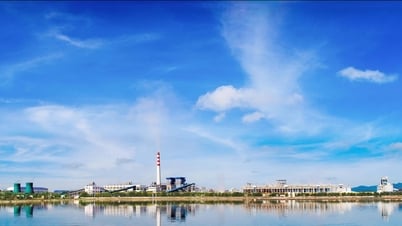
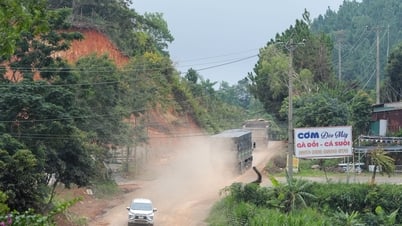


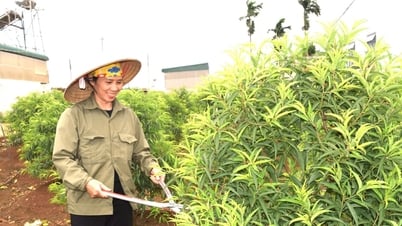
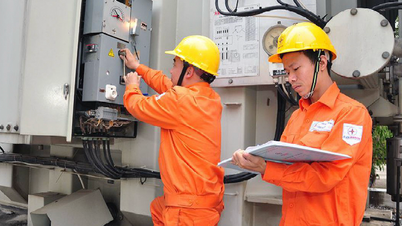















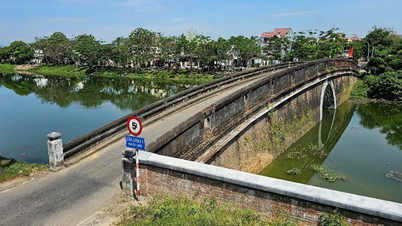



















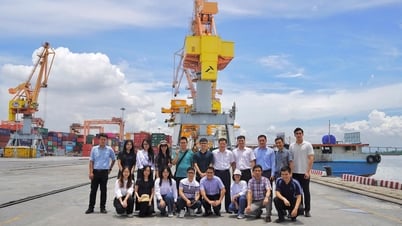










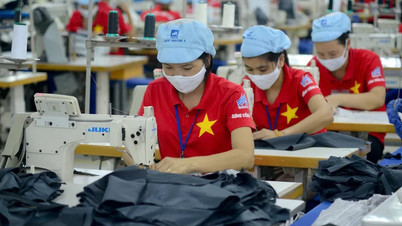




















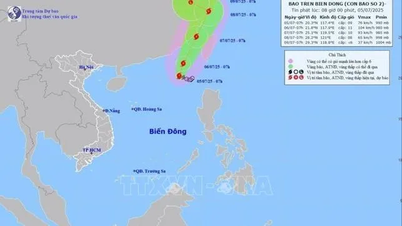

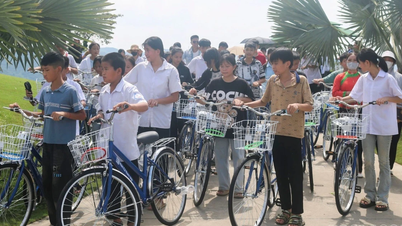

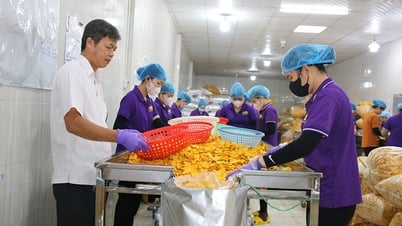

![[OCOP REVIEW] Bay Quyen sticky rice cake: A hometown specialty that has reached new heights thanks to its brand reputation](https://vphoto.vietnam.vn/thumb/402x226/vietnam/resource/IMAGE/2025/7/3/1a7e35c028bf46199ee1ec6b3ba0069e)



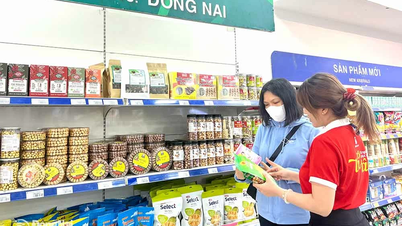





Comment (0)